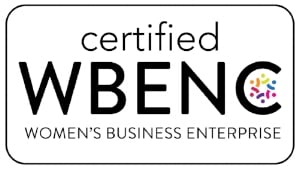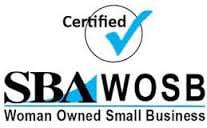When it comes to manufacturing parts, there are many methods to choose from. For example, injection molding is used to make everything from bottle caps to MRI coils. The process produces end-use ready results for applications in many industries. There are applications, such as medical devices or aerospace that require an even higher degree of accuracy and trust for a consistent, molded part. For these situations, The Technology House (TTH) offers validated injection molding. Validation involves making sure that the machines used, materials employed, and manufacturing processes followed meet stringent accuracy and repeatability standards. While TTH offers a complimentary design review on all orders, validated injection molding involves far deeper design verification and customer collaboration. It starts with working closely with the customer to make a plan. TTH has a standard process and then tailors these steps to the customer’s unique needs. This collaborative process ensures that the standards TTH follows meet the customers’ expectations and requirements.
Communication is vital when making validated parts. Not only does TTH have regular contact with customers during the validation process for updates and progress, but they are also sure to immediately halt production and call the customer whenever TTH finds something that is not up to specifications.
Due to the cost and time overheads associated with validation, many manufacturers do not offer validated injection mold services, especially not on low volume orders. But, with the way TTH is setup, they are able to apply their skills and time to validate injection molding no matter the size of the order.
The Steps of Validated Injection Molding
Validation is a multi-step, detailed process. While there may be unique customer requirements, there are some steps that occur whenever a client requests validation.
Installation Qualification: Making Sure Everything Works
One of the ways validated injection molding differs from traditional processes is that it involves using IQ, or Installation Qualification. During IQ, the injection mold press equipment that will be used to manufacture a part is verified that it is installed correctly, working properly, and that the machine is receiving the proper power. This involves inspections from the manufacturer to make sure the equipment is set up correctly. The machines must be capable of repeatability and accuracy to meet all specifications.
Operational Qualification: Test, Test, and Test Again
After the IQ demonstrates that the equipment is correctly installed per manufacturer’s requirements, the next step of validation is to make sure the equipment is capable of performing over a specified range. This range is based on the material processing range and the processing parameters of the tooling and parts. This is called the Operational Qualification, or OQ phase. Here, data becomes especially important. An operator performs test runs, in which the operator records the machine’s operating settings by adjusting all manner of controls, including speed, pressure, temperature and more. Testers log, compile and store all data. This helps ensure the machines can operate over the processing range and notifies the operator if it falls out of the certain tolerances within that range.
Performance Qualification: The Real Thing This Time
Once OQ is complete, operators or technicians use the real manufacturing materials, while running the equipment through full cycles of parts. Basically, operators run the planned process for the part and verify that the process fits within the OQ range and the molded part meets all customer requirements. This is known as PQ, or Performance Qualification. During PQ, operators:
- Record process parameters.
- Ensure measurement accuracy for dimensional requirements.
- Verify that materials behave as expected regarding durability and strength under various conditions.
- Get customer approval that parts meet their specifications.
If PQ fails, it is back to OQ.
Lessons Learned
Formulating the validation process was a learning experience for TTH. Going through the validation process helped TTH to better plan out processes based on customer requirements and communicate the needs and importance to all levels of the organization. TTH now finds that it has less scrap when making any order, validated or not. Communication improved among all levels of employees. Learning that changing and updating processes is a good thing was something that became apparent to everyone. The importance of collecting and analyzing data, verifying processes and materials, and making sure everyone is clear on all steps became even more focused than it already had been.
Do you have an injection molding project that requires validation? Submit your design for review and a quote.







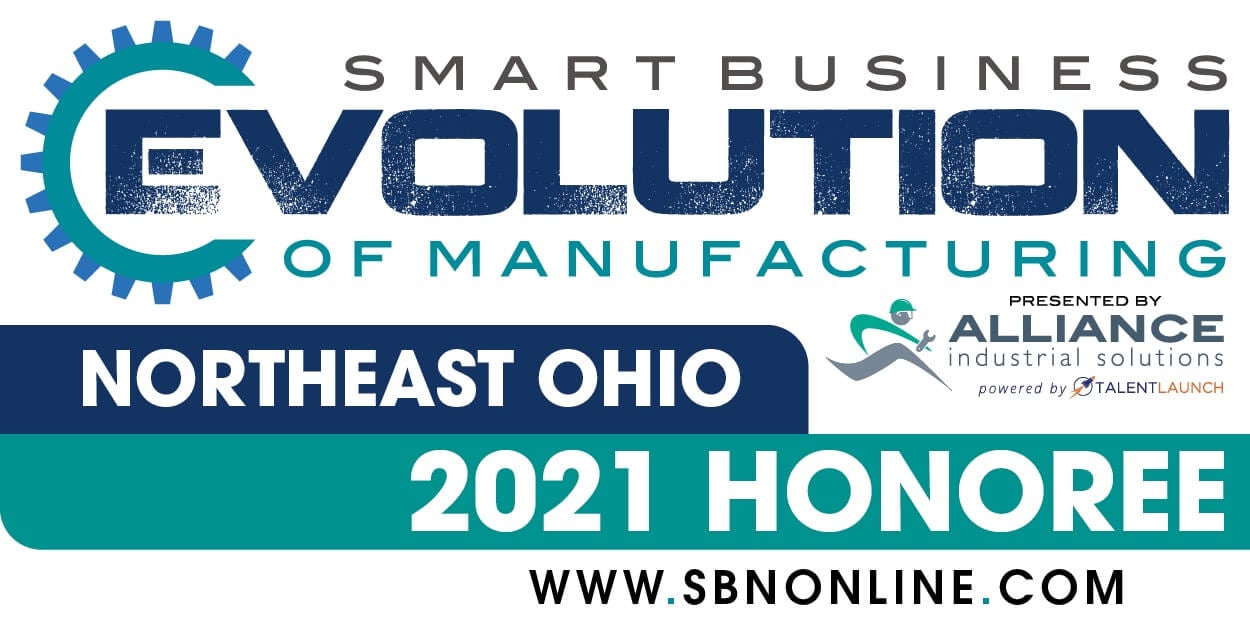
.jpg)
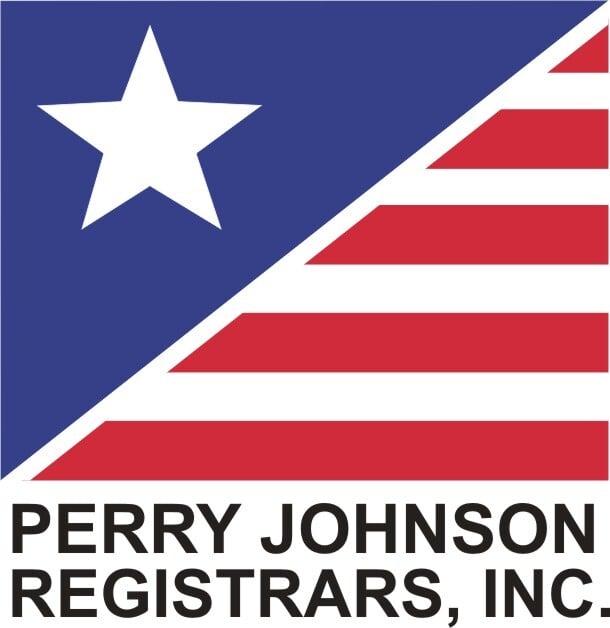
.png)
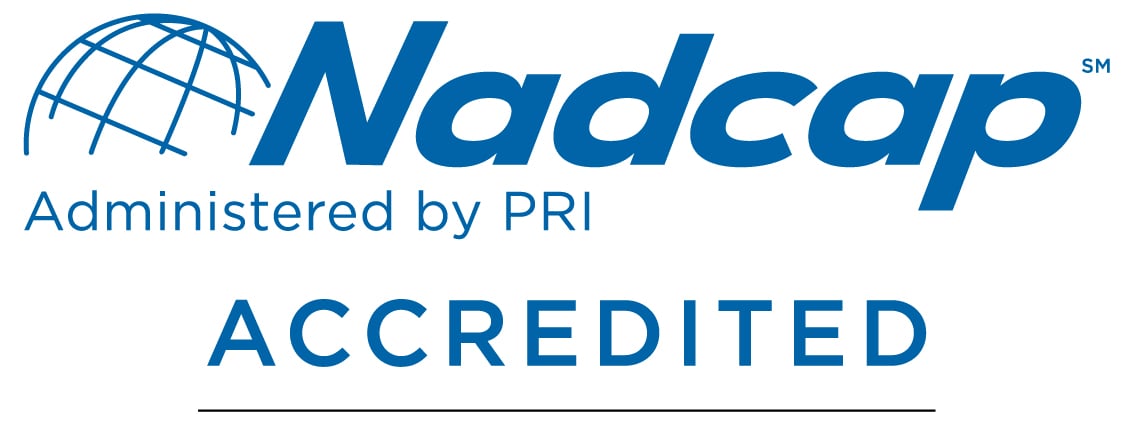
.png)
